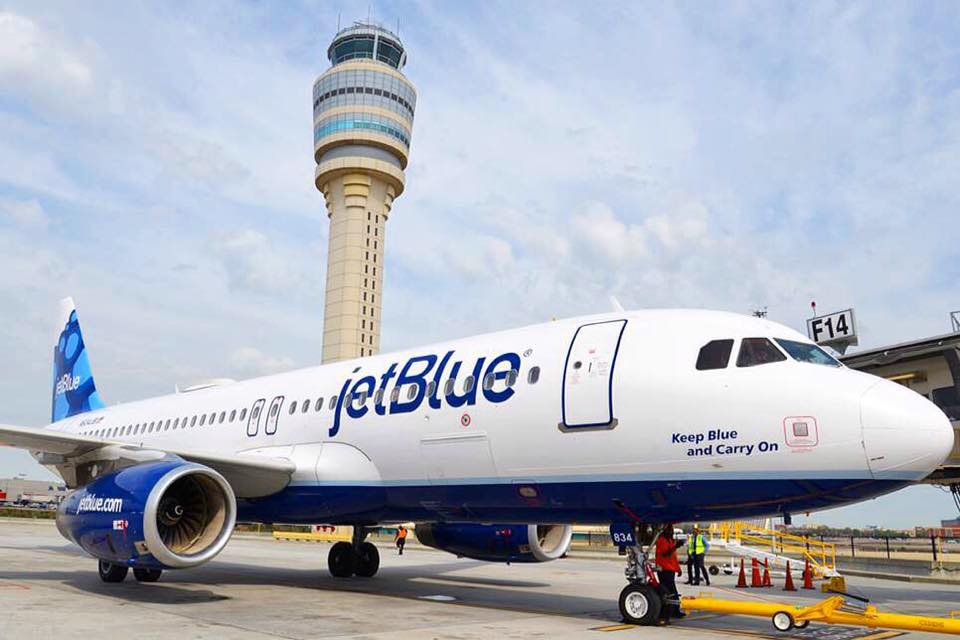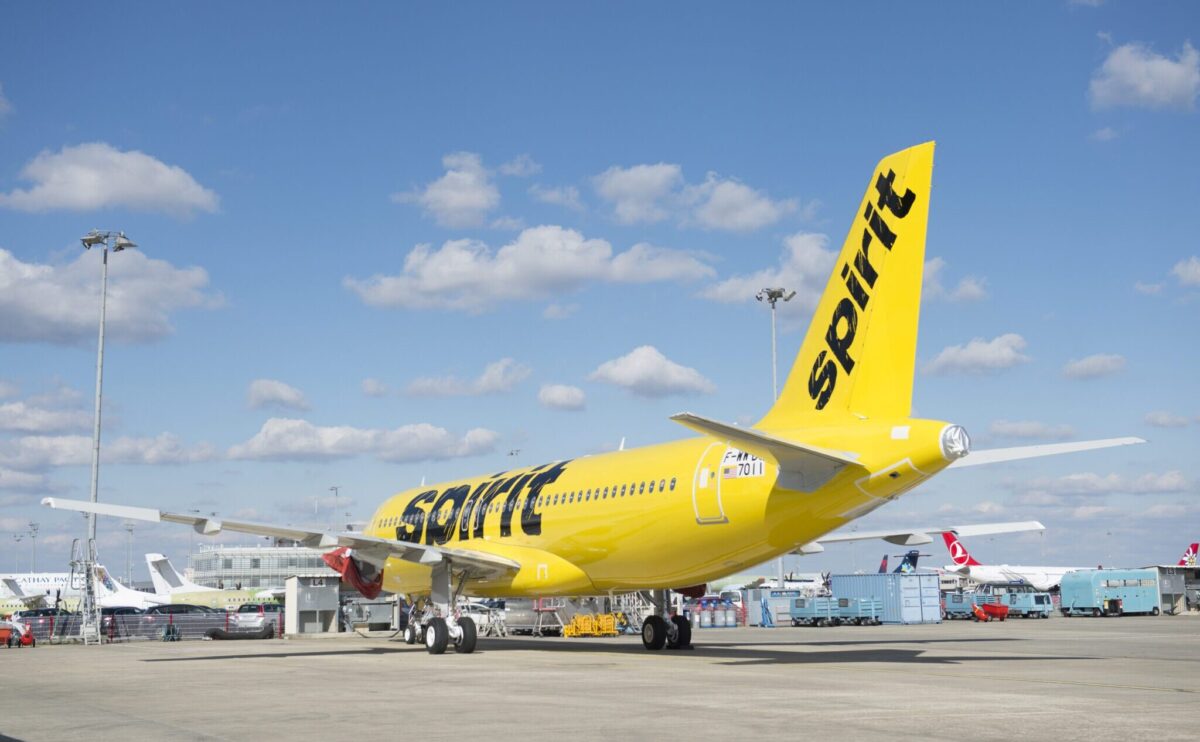JetBlue Delays Its New Aircraft Because of Reliability Issues

Skift Take
With engine manufacturer Pratt and Whitney struggling with reliability on its new geared turbofan engine, JetBlue Airways said Tuesday it will exclusively take an older engine version of the Airbus A321 next year, rather than the mix of old and new it had planned.
The change affects only three aircraft, but it's an interesting decision, as many airlines — even those spooked by engine issues — have rushed to add the new-generation aircraft, called the Airbus A321neo. Hawaiian Airlines executives have said the aircraft will allow the carrier to fly to new Western U.S. cities that might not have been profitable in the past. And Hawaiian has been relatively patient despite delays in its A321neo delivery schedule.
According to Airbus, the new aircraft is 20 percent more efficient than older versions, and can fly up to 500 miles farther than its predecessors. Virgin America took the first A321neo earlier this month, though its engines are made by a Pratt and Whitney competitor.
All 11 Airbus A321s JetBlue will take in 2018 will be "ceos", a term Airbus has used to mean, "current engine option" rather than Neos, which has stood for "new engine option." Pratt has said it is fixing its issues, but Bloomberg reported last month that as many as 42 of the company's engines had to be replaced as of February 24.
In the United States, Spirit Airlines grounded some of its A320neos recently due to a maintenance issue.
JetBlue will now take its first updated technology planes in 2019, when it expects to add 13 Airbus A321neos.
"You have obviously heard a lot about the [geared turbofan] in the marketplace," JetBlue CFO Steve Priest said on the airline's first quarter earnings call Tuesday. "Pratt is confident it will resolve the issues. We just felt like swapping the neos for ceos was prudent and good contingency planning for us."
The decision comes as Priest, who became CFO in February, begins to rework JetBlue's new aircraft orders. The process recently began, he said, but on Tuesday he told analysts the airline will defer eight Airbus aircraft from 2019 to 2023 and five more from 2020 to 2024. The decision will help JetBlue conserve cash, Priest said.
Looking at E190 fleet
Priest said he is now focusing on JetBlue's Embraer E190s, a 100-seat aircraft with considerably higher per-seat operating costs than most other airplanes flown by major carriers. JetBlue has 60 — far the largest E190 fleet in North America. Air Canada and American Airlines operate smaller fleets, but each is retiring the aircraft.
JetBlue might keep all or some of the E190s, or it might retire all of them, Priest said. Half of the aircraft begin coming off leases in 2023, he said.
JetBlue could replace the jets with a more cost-effective yet similarly-sized airplane. Embraer is building an new version, called the E190-E2, while Bombardier has a smaller aircraft called the CS100, which is already flying.
"Everything is on the table," Priest said.
Though the E190 is 20 percent more expensive to fly, on a per-seat basis, than JetBlue's A320s, the airline might struggle if it retired them and didn't replace them with another 100-seat aircraft. The E190s fly short routes along the East Coast — such Boston to New York — and in those markets, business travelers usually prefer frequency. The E190s allow JetBlue to fly more departures without flooding the market with seats.
Other airlines rely on regional airlines with lower costs to operate similar flights, but JetBlue has nothing comparable to United Express, American Eagle or Delta Connection to fly from Boston to New York, so it must operate the flights under its own cost structure.
Europe Still Under Consideration
Priest also said JetBlue continues to evaluate whether it should fly to Europe. To do so, JetBlue would swap future Airbus A321neo orders for Airbus 321LRs, a long-range aircraft that will be available in 2019. The A321LR should have enough range to fly from the Northeast United States to Western Europe.
Priest said the decision-making process is simple. The airline will calculate whether it can make higher margins flying an A321neo domestically, or by flying an A321LR across the Atlantic.
"If the margins of the LR aren't comparable with the domestic neo, than we won't do it," he said.
Profitable Quarter
For the first quarter, JetBlue reported net income of $85 million on total revenues of $1.6 billion. Its operating margin was 9.2 percent, a decease of 12.4 points compared to the same period in 2016.
A major issue was JetBlue's passenger revenue per available seat mile, or PRASM, which measures how much money the carrier earns for each seat it flies one mile. JetBlue's PRASM decreased 5.8 percent, year-over-year. JetBlue in part blamed the calendar for the decrease, as the Easter holiday this year took place in April, rather than March. JetBlue, a leisure-oriented airline, performs well during holiday periods when traffic spikes.
But the airline admitted its demand was not as strong as expected during off-peak periods. To compensate, executives said JetBlue will reduce flying during poorly performing periods and fly fewer redeye flights.




